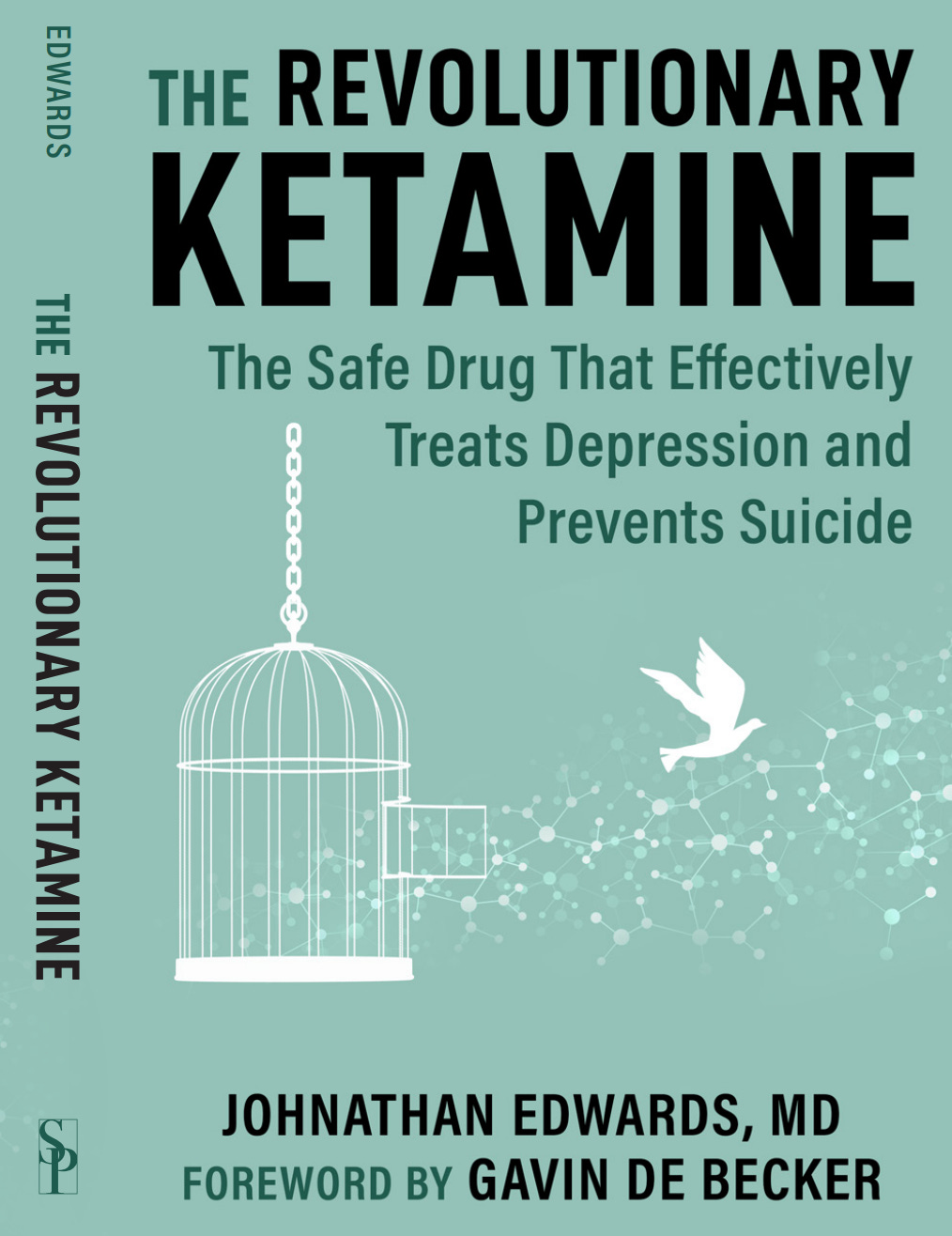Young and Addicted: Generation Ketamine
I recently read an article from the BBC titled, “Ketamine, and I didn’t know my son anymore.” It’s based on the video:
“Young and addicted: Generation Ketamine” on BBC IPlayer.
The article discusses the impact of ketamine addiction on a family, focusing on a mother’s struggle after losing her son to a suspected ketamine overdose. This mother aims to raise awareness about the rising ketamine addiction in England and the emotional toll it has had on her life since her son’s death. She’s created a Facebook support group for others facing similar tragedies and to advocate for stricter regulation of ketamine.
At the center of this story is a young man who began using street ketamine after losing his best friend from a car crash. He became very depressed after his best friend died, reportedly believing that using the drug brought him closer to his deceased friend. During the COVID-19 lockdowns, the isolation contributed to his daily ketamine use. Tragically, he was found dead in his shower, with the apparent cause of death being pulmonary and brain edema, possibly linked to a ketamine overdose.
This is a tragic story, and no mother should ever have to bury her son. However, the article contains inaccuracies and misconceptions about ketamine despite the constructive message it tries to send. This article is reminiscent of the Mathew Perry incident which I wrote about on my Substack.
Street Ketamine vs. Pharmaceutical-Grade Ketamine
It’s crucial to differentiate between street ketamine and pharmaceutical-grade ketamine. In contrast, pharmaceutical-grade ketamine is typically administered in clinical settings for legitimate therapeutic purposes and is less likely to cause such severe side effects. Street ketamine, the type involved in the young man’s death, is snorted in powder form, and is often contaminated with other substances like fentanyl. This contamination could explain why his respiratory rate decreased to a fatal level, which is more characteristic of fentanyl use, not pharmaceutical ketamine. Without a toxicology report we cannot know if this is the case or not. It is also likely that he could have fallen in the shower and sustained a head injury.
Bladder Problems from Chronic Ketamine Use
The article also discusses the potential bladder problems from chronic ketamine use. Although ketamine can cause bladder inflammation, significant amounts of street ketamine are required to lead to these complications, often due to contaminants. Pharmaceutical-grade ketamine, when used correctly, doesn’t carry this risk. A study of over 6000 administrations of pharmaceutical grade ketamine reported no bladder issues. The same is true for burn victims who are given ketamine daily in the burn unit.
Stricter Classification of Ketamine
Advocating for stricter classification of ketamine might not effectively address the misuse of street ketamine. An interview with a DEA agent mentioned that as other drugs like cocaine and heroin face tighter restrictions, illicit drug use may shift to alternatives like ketamine. This suggests that increased regulation could unintentionally boost street ketamine’s appeal. Overall, cocaine and methamphetamines are the primary drugs of abuse in most populations.
Ketamine and Respiratory Rate Decrease
The notion that ketamine ingestion caused this young man to slow his breathing to a fatal level is improbable. A toxicology report is not available as in the Mathew Perry case. Ketamine does not decrease the respiratory rate; studies have shown that it can even increase it.
Ketamine Clinics
The article doesn’t leave room for therapeutic ketamine administered in a proper setting. While the story is heartbreaking, and the mother’s efforts to prevent other families from experiencing similar pain are admirable, it’s essential to remember that appropriately administered ketamine in a therapeutic setting can have profound benefits, especially for treating depression and preventing suicide.
Ketamine and Treating Depression
The fact that this young man used ketamine for his depression after his best friend’s death isn’t unusual. Many people turn to substance abuse after the loss of a loved one. However, ketamine should be used in a proper environment with therapy, which might have helped this young man rather than him becoming addicted. Stories like this detract from the amazing results seen from ketamine therapy.
I recently asked a famous psychologist, Jordan Peterson about using ketamine for mental disorders and he answered that using psychedelics is a rapidly growing field with much promise. He emphasized that ketamine therapy must be used with concomitant therapy.
Even more, Dr. Jean Twenge just wrote an article that suicide rates are now higher among young adults than the middle-aged. Specifically the suicide rates are higher among younger men aged 20 to 29 years old. Focusing on mental health is now more important than ever.
The Lockdowns
It’s also worth noting that the pandemic lockdowns certainly contributed to this tragic story. The isolation during lockdowns significantly impacted many people, particularly the youth. Future decisions about similar lockdown measures should consider these broader social consequences. Dr. Jay Bhattacharya covers this in detail on his podcast, The Illusion of Consensus.
Overall, while the article conveys a compelling personal story, it is crucial to approach such topics with a balanced view, recognizing the potential benefits of properly administered ketamine while addressing the dangers of its street misuse.
For those interested in exploring this topic further, the documentary “Young and Addicted: Generation Ketamine” is available on BBC iPlayer.
If you are interested in this topic, please consider my book, The Revolutionary Ketamine.





